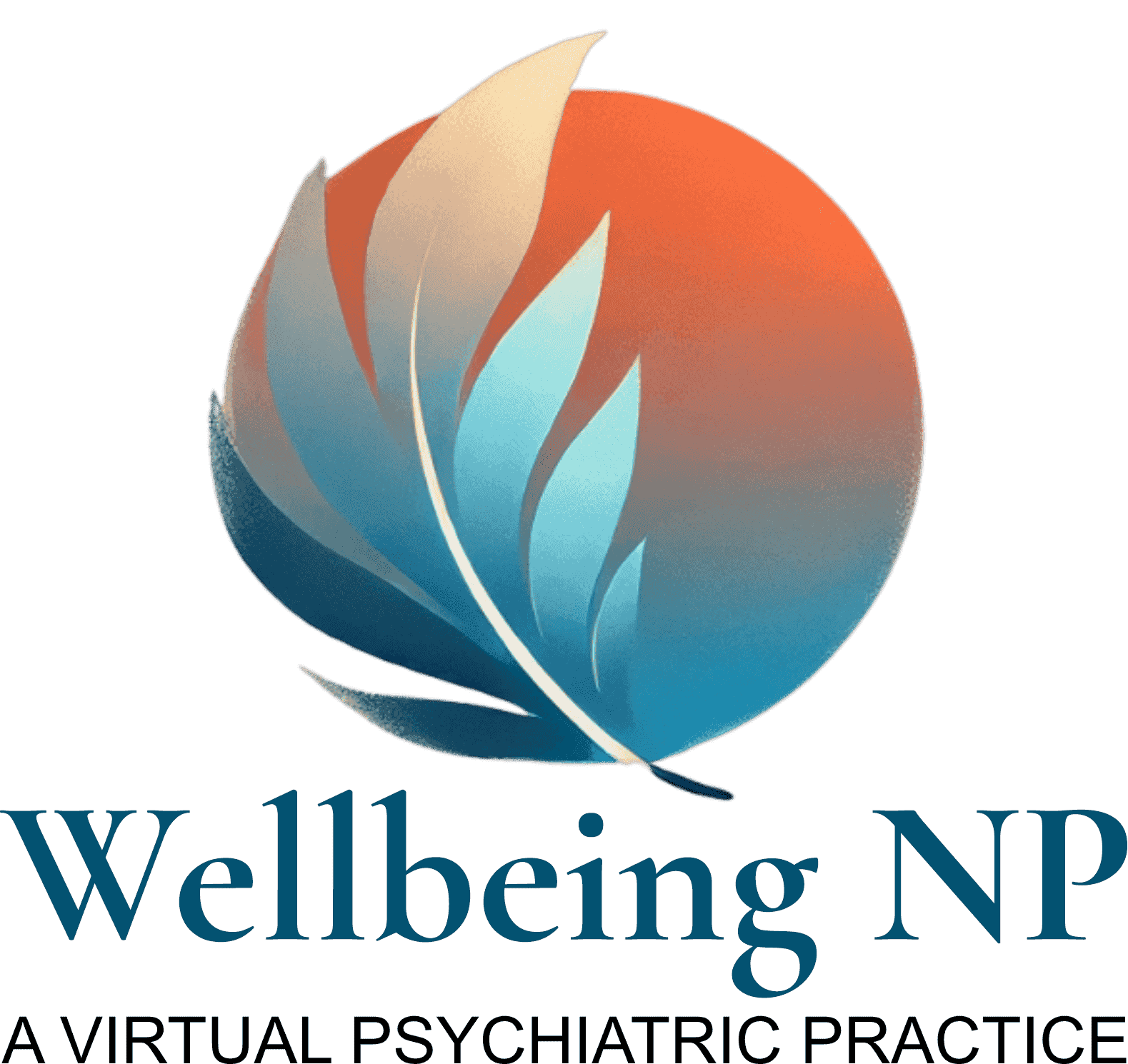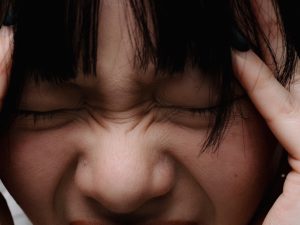
As a healthcare provider and women’s health advocate, I am a firm supporter of both birth control and hormone replacement therapy (HRT). Both can be powerful tools for managing hormonal changes, improving quality of life, and addressing a range of health concerns. However, many of my patients find themselves at a crossroads between the two, especially as they transition through perimenopause into menopause.
What’s the Difference Between HRT and a Contraceptive Pill?
Both birth control and HRT involve hormones like estrogen, they serve very different purposes and are designed for different phases of life.
Birth Control
- Purpose: Prevent pregnancy and regulate menstrual cycles.
- Hormones Used: Synthetic estrogens (ethinyl estradiol) and synthetic progestins.
- Typical Dosage: Higher doses of hormones compared to HRT, designed to suppress ovulation.
Birth control is often the best choice for perimenopausal women who still need contraception but want to stabilize fluctuating hormones and manage symptoms like heavy periods, mood swings, and acne.
Hormone Replacement Therapy (HRT)
- Purpose: Replace declining hormones to relieve menopausal symptoms (hot flashes, night sweats, mood swings) and protect long-term health.
- Hormones Used: Bioidentical estradiol (closer to the body’s natural estrogen) and micronized progesterone.
- Typical Dosage: Lower doses designed to mimic the body’s physiological levels, not to suppress ovulation.
HRT is primarily for menopausal women who have not had a period for at least 12 months or have confirmed ovarian insufficiency. For women in the early stages of perimenopause, transitioning from birth control to HRT can be tricky, especially if their cycles are irregular or suppressed by an IUD.
How Estrogen Affects Your Brain and Mood
We often think of estrogen as just a reproductive hormone, but it does much more. Estrogen has a powerful effect on cognitive balance, mood, and brain health. Declining estrogen levels during perimenopause and menopause can lead to:
- Brain fog and forgetfulness
- Increased anxiety and depression
- Slower thinking
- Trouble finding the right word
Research shows that HRT, especially when started early in the menopausal transition, can preserve cognitive function and reduce the risk of Alzheimer’s disease in some women. Estrogen also has antidepressant-like effects. This means it can improve mood and reduce anxiety by improving serotonin activity and helping you mentally bounce back.
How HRT Can Support Mental Health
- Stabilizes Mood: Estrogen enhances serotonin production, improving emotional resilience and reducing irritability.
- Improves Sleep: Progesterone in HRT has a calming effect on the brain, promoting deeper, more restorative sleep.
- Protects Brain Function: Estrogen promotes blood flow to the brain and reduces neuroinflammation, both of which are critical for long-term cognitive health.
How Birth Control Supports Hormonal Balance in Perimenopause
- Regulates Menstrual Cycles: Combination pills, hormonal IUDs, patches, or rings can help manage irregular bleeding, heavy periods, or spotting.
- Reduces Perimenopausal Symptoms: The pill can ease hot flashes, mood swings, and acne by suppressing the hormonal ups and downs that occur before menopause.
- Improves Skin and Mood: Some formulations of the pill reduce androgens, which can help with adult acne and mood symptoms like irritability or anxiety.
Transitioning Through Perimenopause into Menopause
For many women, the transition from birth control to HRT can feel confusing, especially if they’re using an IUD or other contraceptives that suppress menstruation. Here’s how you can determine where you are in the transition:
Signs of Perimenopause
- Irregular periods (lighter or heavier than usual)
- Hot flashes and night sweats
- Mood swings and increased anxiety
- Brain fog and difficulty concentrating
Signs of Menopause
- No menstrual cycle for 12 consecutive months
- Persistent hot flashes and night sweats
- Vaginal dryness and reduced libido
- Changes in skin and hair texture
Where are You in the Transition?
If you’re unsure where you stand, testing your FSH (follicle-stimulating hormone) and estradiol levels can provide answers. High FSH and low estradiol are signs of menopause. However, hormone levels can fluctuate during perimenopause, so clinical symptoms should guide your decision-making as much as lab results.
Should You Choose Birth Control or HRT for Perimenopause?
Ultimately, the choice between birth control and hormone replacement therapy is highly personal, and you don’t have to settle for a one-size-fits-all approach. Many women come to WellbeingNP because they’ve been given vague advice or blanket recommendations that don’t support their individual needs.
We take a more thoughtful, personalized approach here. You don’t have to have everything figured out. You just need someone who’s willing to walk through this transition at your side.
Ready to discuss your options? Book your consult today.








